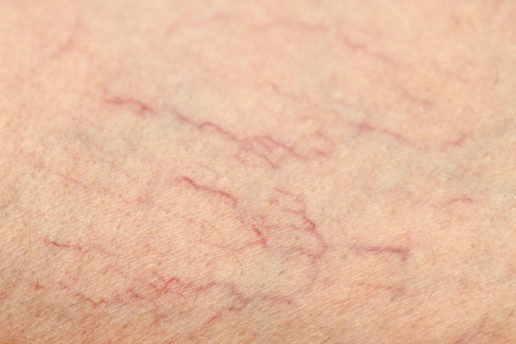Spider Vein Diagnosis and Treatment
Spider veins are treated with sclerotherapy (injecting tiny amount of irritant into the vein cause it to close) or surface laser therapy. Treatment sessions usually take around 30 minutes and usually 2-3 treatment sessions are needed for complete removal of these veins. Typically, spider veins are purely a cosmetic issue and usually not covered by insurance.
The first step is to obtain a detailed history of your complaints and concerns. Once a complete history of your complaints is taken, a directed physical exam of your legs will be performed. Oftentimes the history and physical will strongly suggest the presence of venous disease, but an ultrasound is the diagnostic gold standard. All ultrasounds are performed within our office and results are available immediately. If the ultrasound shows abnormal blood flow and increase in size of veins, the diagnosis of venous insufficiency can be made with certainty. Insurance companies will require that an ultrasound be performed in order to document the presence of disease. Next, depending on the extent of disease and location of disease, a personalized treatment plan will be established. The next step in the process is to obtain authorization from your insurance carrier to perform the procedure, which usually takes 2-3 weeks. Once your insurance company authorizes the procedure, we can start the treatment plan.

